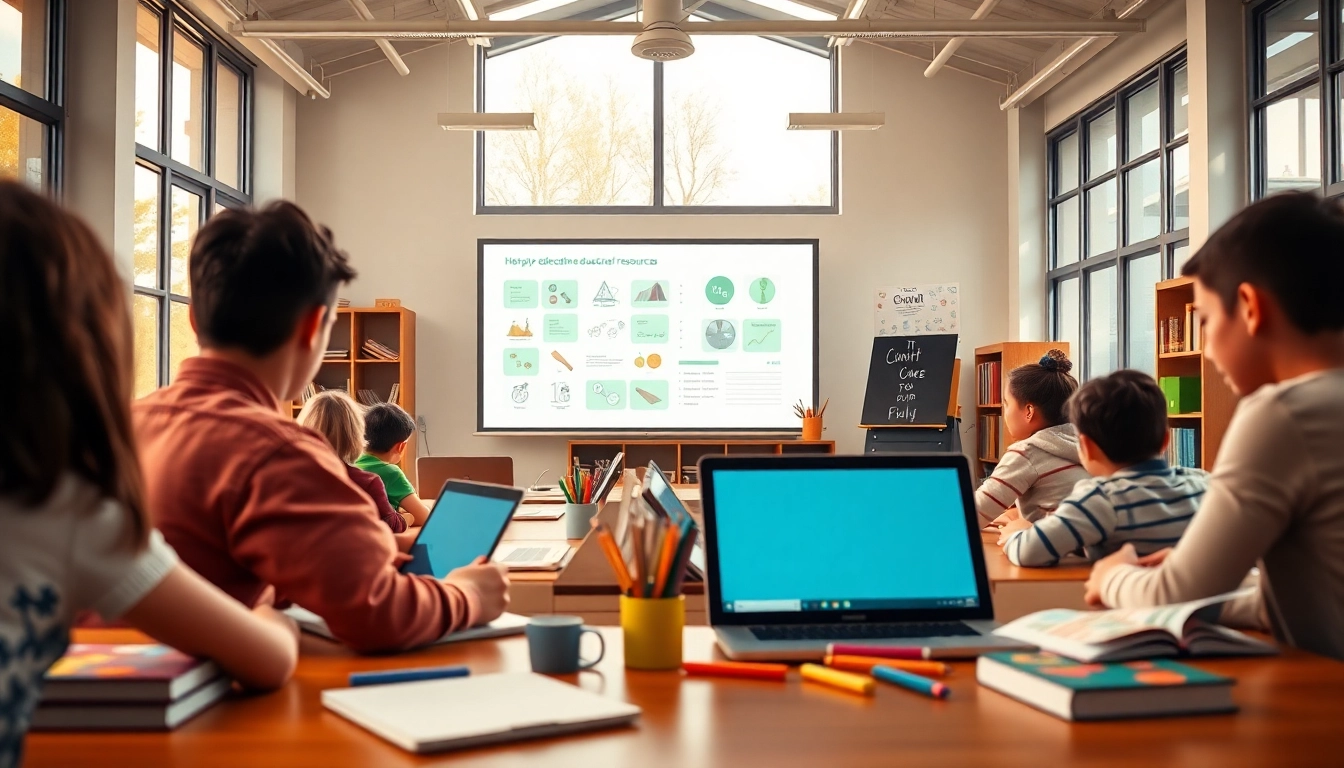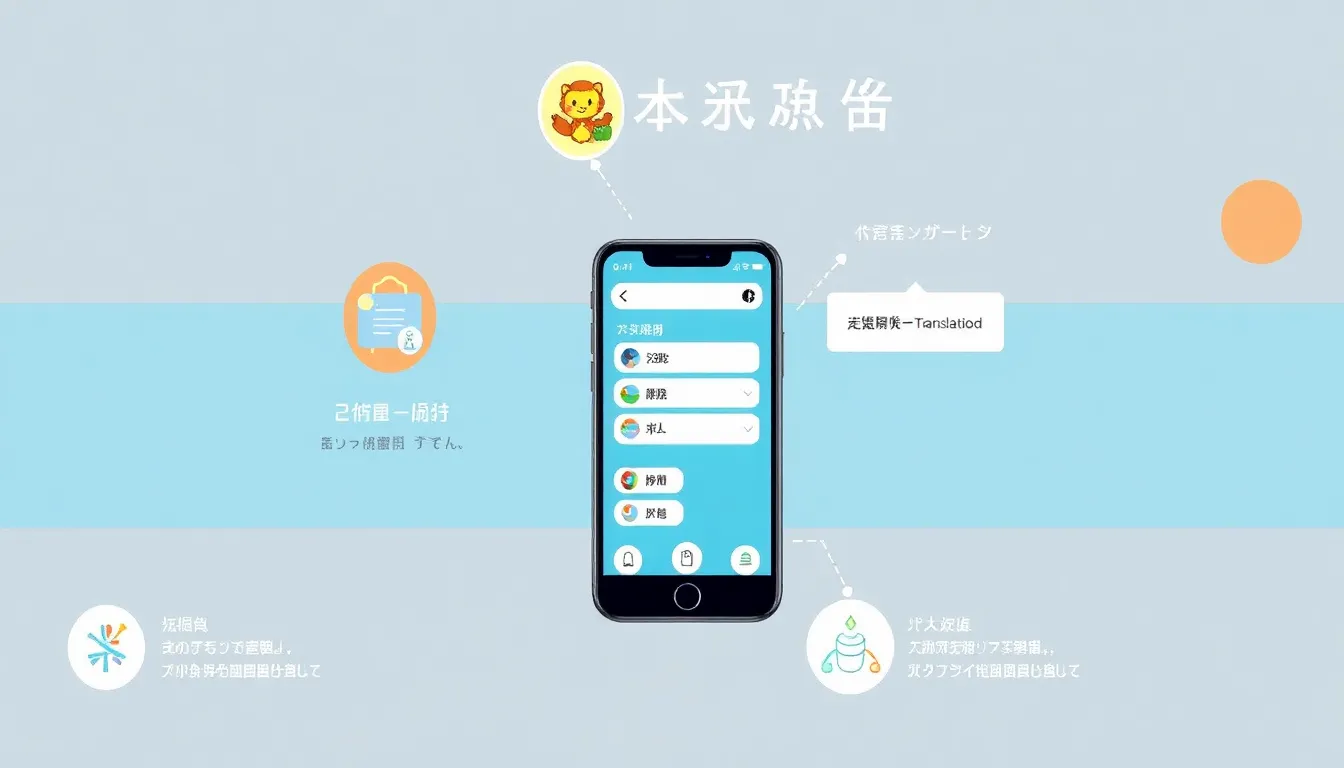
Understanding Educational Resources
Defining Educational Resources
Educational resources refer to a wide range of tools and materials used to facilitate learning. These resources can come in various forms, such as textbooks, digital content, interactive tools, and physical materials. They are critical in supporting both formal and informal education, enhancing the learning experience by catering to different learning styles and preferences. In today’s digital age, the availability and diversity of educational resources have expanded significantly. One can find an array of resources tailored for various educational purposes, including subject-specific materials, online courses, and even interactive simulations. To delve deeper into the availability of these resources, explore educational resources that can enrich the learning process.
Types of Educational Resources Available
Understanding the different types of educational resources is essential for educators, institutions, and learners alike. Below is a breakdown of the varieties available:
- Textbooks and Print Materials: These have traditionally been the cornerstone of education, providing structured content in a portable format.
- Digital Resources: This category includes eBooks, online courses, and educational apps that deliver content in an engaging manner.
- Interactive Tools: Resources such as simulations, educational games, and multimedia presentations foster active learning and help reinforce concepts.
- Videos and Lectures: Online platforms offer a plethora of instructional videos and recorded lectures, making high-quality education accessible to learners globally.
- Collaborative Platforms: Websites that support group work, allowing learners to work together on projects and share resources, are increasingly popular.
The Importance of Educational Resources
Educational resources are vital for a number of reasons. They:
- Enhance Engagement: Resources that appeal to multiple senses can captivate learners’ attention and keep them engaged.
- Diverse Learning Styles: Different learners process information differently. A variety of resources can cater to visual, auditory, and kinesthetic learners.
- Promote Self-directed Learning: With access to a wide range of resources, learners can take initiative in their education, exploring topics at their own pace.
- Support Curriculum Goals: Well-selected resources align with educational standards and help educators meet curriculum goals effectively.
Key Strategies for Utilizing Educational Resources
Assessing the Needs of Learners
To leverage educational resources effectively, one must first assess the needs of learners. This can involve:
- Conducting Surveys: Gathering feedback from students about their interests, preferred learning styles, and existing knowledge levels to tailor resources accordingly.
- Setting Learning Objectives: Defining what learners should achieve provides direction when choosing educational resources.
- Regular Assessments: Using formative assessments can give insights into how well learners are absorbing the material and where they may need additional support.
Integrating Technology in Educational Resources
Technology has revolutionized the landscape of educational resources. Integrating technology can involve:
- Utilizing Learning Management Systems: These platforms help organize educational materials and track learner progress.
- Incorporating Gamification: Using game elements in educational materials can encourage engagement and motivate learners.
- Virtual Reality (VR) and Augmented Reality (AR): These technologies provide immersive experiences which can significantly enhance understanding of complex subjects.
Accessibility Considerations for Educational Resources
Ensuring that educational resources are accessible to all learners is crucial. This can include:
- Adhering to Accessibility Standards: Resources should comply with guidelines to ensure they are usable by individuals with varying abilities.
- Providing Multiple Formats: Offering resources in different formats (e.g., text, audio, visual) caters to diverse learning needs.
- Continuous Feedback and Adaptation: Regular feedback from learners can help improve resource accessibility and effectiveness.
Implementing Educational Resources in Curriculum
Curriculum Design Principles
When implementing educational resources into the curriculum, it is critical to follow sound design principles, which include:
- Alignment with Standards: Ensure that all resources align with national and local education standards to maintain relevance and rigor.
- Flexibility and Adaptability: Resources should support a variety of instructional methods and be adaptable to different classroom settings.
- Integration for Cohesion: Resources should be integrated seamlessly into lessons to provide a cohesive learning experience.
Aligning Educational Resources with Learning Objectives
Effective education hinges on aligning resources with careful planning around learning objectives. Consider these strategies:
- Backward Design: Start with the end in mind by identifying desired outcomes and then work backwards to determine which resources will best achieve these goals.
- Creating Resource Kits: Combine various resources into cohesive kits that support specific topics or units.
- Continuous Review: Regularly evaluate the ongoing relevance and effectiveness of resources against the learning objectives established.
Evaluating the Effectiveness of Educational Resources
Evaluating the effectiveness of educational resources not only measures their impact but also informs future decisions. This can include:
- Data-Driven Insights: Collect quantitative data through assessments to measure learner progress.
- Qualitative Feedback: Gather feedback through interviews or surveys from both students and educators about their experiences with the resources.
- Longitudinal Studies: Examine how resources impact learner outcomes over a sustained period.
Best Practices for Accessing Educational Resources
Online Platforms for Educational Resources
These platforms are invaluable for easy access and organization of educational resources. Key practices for navigating these platforms include:
- Utilize Search Filters: Use search features to quickly find relevant materials tailored to specific subjects or learning levels.
- Leverage Community Contributions: Many platforms allow educators to share their resources. Engaging with these communities can lead to discovering high-quality materials.
- Stay Informed on Updates: Subscribing to newsletters or following platforms on social media can keep educators informed about new resources and features.
Collaborative Approaches to Sharing Educational Resources
Collaboration enhances the richness of educational resources. Consider these collaborative strategies:
- Professional Learning Communities: Form groups where educators can share resources and best practices.
- Resource Sharing Protocols: Establish guidelines for how resources are shared among educators to maximize its use.
- Open Educational Resources (OER): Encourage the use of OERs to improve accessibility and reduce costs associated with traditional educational resources.
Staying Updated with Current Educational Resources Trends
Continuous improvement and adaptation are essential in education. Strategies for staying current include:
- Engaging in Professional Development: Attend workshops and conferences to learn about emerging trends and tools.
- Following Industry Leaders: Keep track of thought leaders and innovative educators who frequently publish insights on educational resources.
- Participating in Online Forums: Engage with peers in online discussions about educational resources and trends affecting learning.
Measuring the Impact of Educational Resources
Key Performance Indicators for Educational Resources
Establishing clear metrics for success is fundamental when measuring the impact of educational resources. Key performance indicators (KPIs) might include:
- Student Engagement Levels: Track how actively learners interact with the resources provided.
- Assessment Scores: Measure improvements in learner assessments after implementing the resources.
- Retention Rates: Evaluate how well learners retain information over time when using specific educational resources.
Feedback Mechanisms for Continuous Improvement
Feedback is a critical component of evolving educational resources. Implement feedback mechanisms such as:
- Anonymous Surveys: Conduct surveys to gather candid feedback about resources from students and educators.
- Focus Groups: Organize focus groups to discuss specific resources and their impact on learning outcomes.
- Iterative Reviews: Continually review and adapt resources based on the feedback received to ensure they remain effective.
Case Studies on Effective Educational Resources Usage
Real-world examples underscore the importance of educational resources in fostering effective learning environments. Notable case studies include:
- Enhanced Reading Programs: Examining programs that incorporate diverse reading materials to improve literacy rates among students.
- STEM Education Initiatives: Analyzing how hands-on resources have driven student interest and achievement in STEM fields.
- Remote Learning Success: Investigating how educational resources facilitated successful transitioning to remote learning during unforeseen disruptions.

